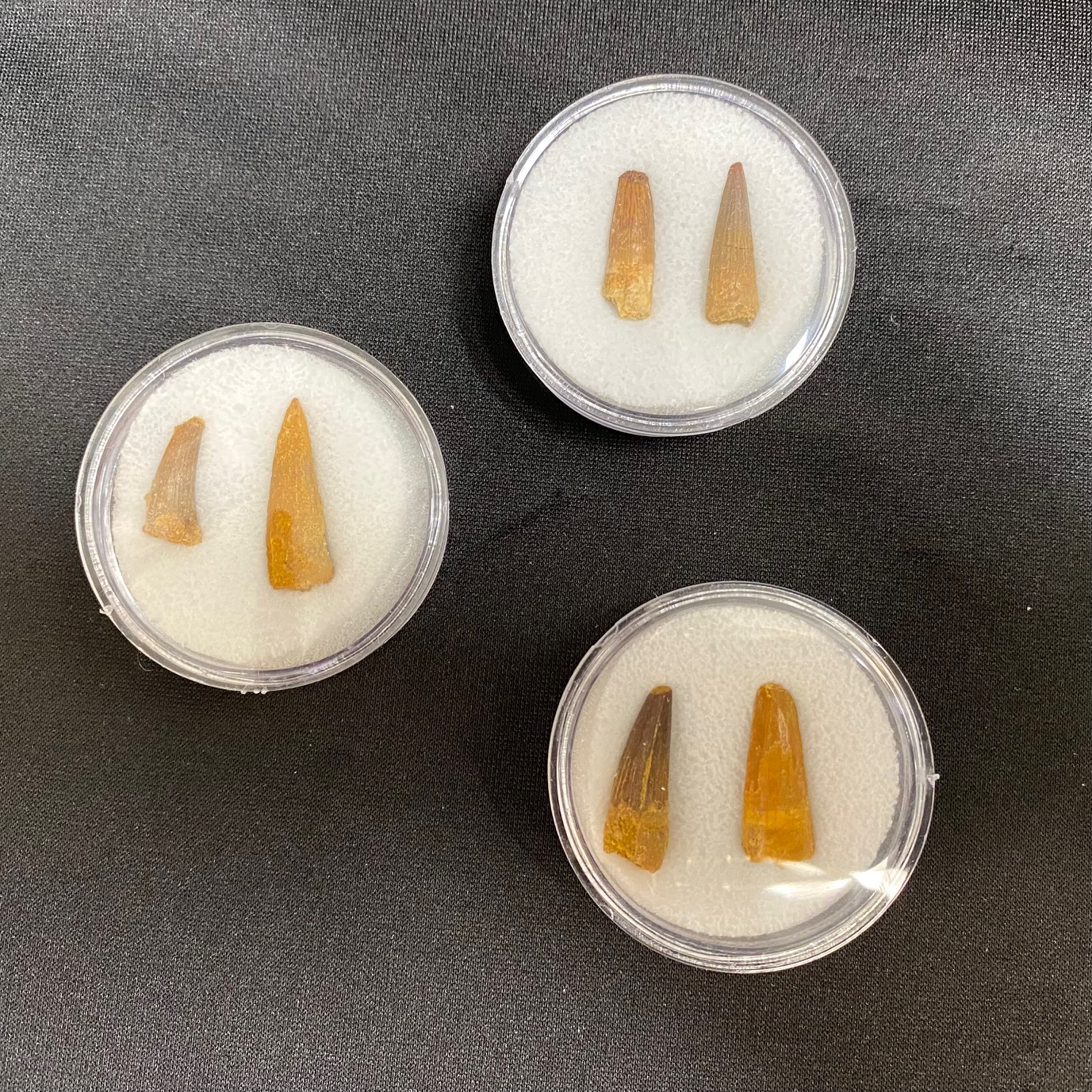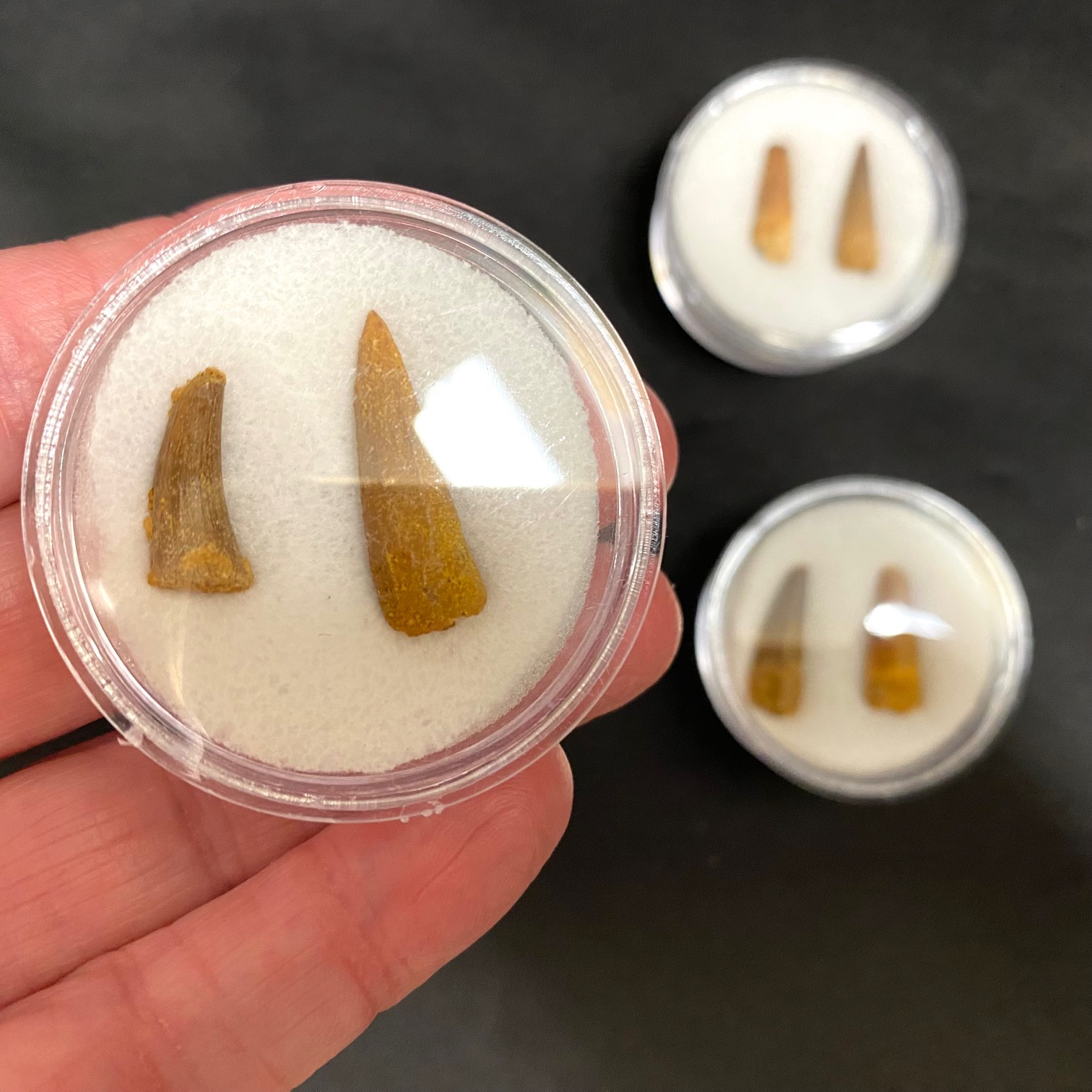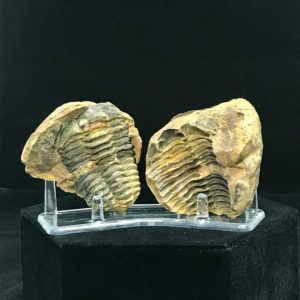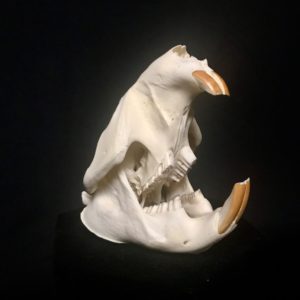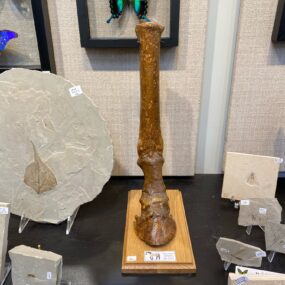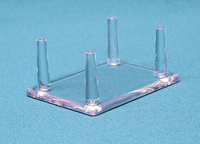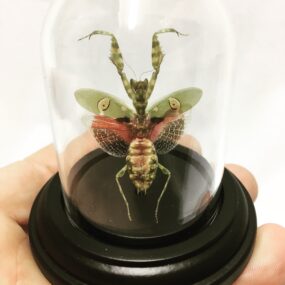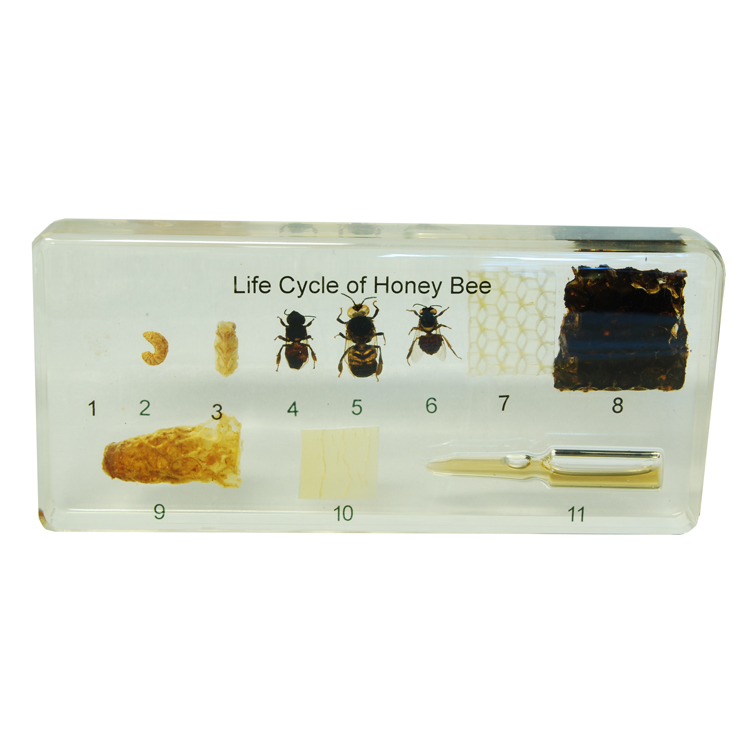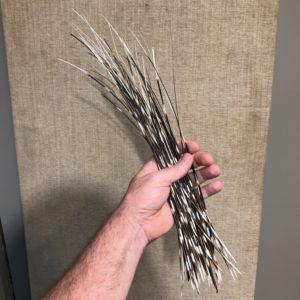Description
Fun, juvenile Spinosaurus fossil teeth, presented in a 1 3/4 inch, round case.
Spinosaurus is the largest of all known terrestrial carnivores; other large carnivores comparable to Spinosaurus include Tyrannosaurus and Carcharodontosaurus. The skull of Spinosaurus was long, low and narrow, similar to that of a modern crocodilian, and it carried straight, conical, non-serrated teeth. It would have had large, robust forelimbs bearing three-fingered hands, with an enlarged claw on the first digit. The distinctive neural spines of Spinosaurus, which were long extensions of the vertebrae, grew to over 5 feet long and were likely to have had skin connecting them, which formed a sail-like structure. Its long, narrow tail was deepened by tall, thin neural spines that formed a flexible fin or paddle-like structure.
Spinosaurus is known to have eaten fish, and most scientists believe that it hunted both terrestrial and aquatic prey. Evidence suggests that it was semi-aquatic, and lived both on land and in water, much like modern crocodilians do.


